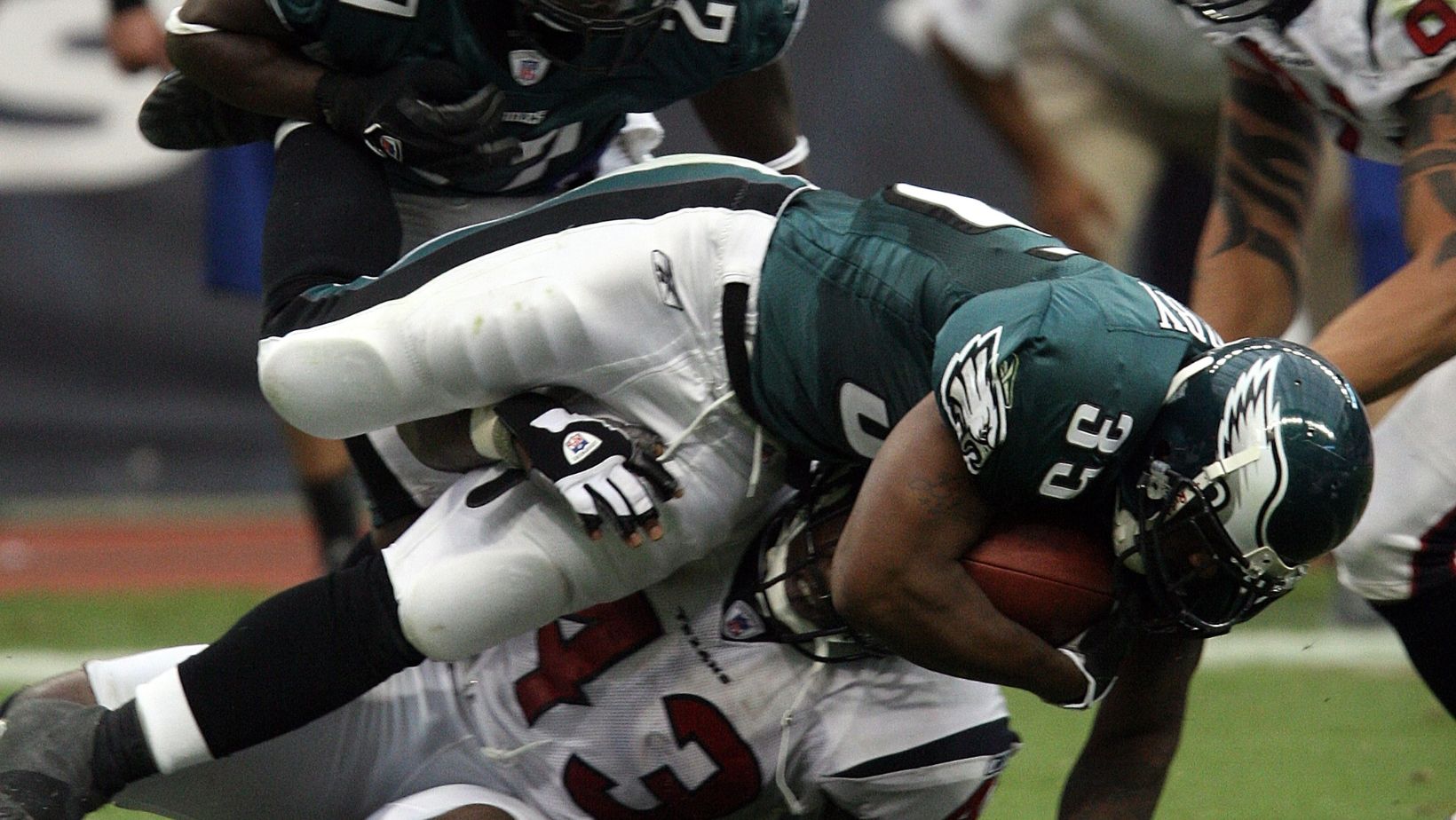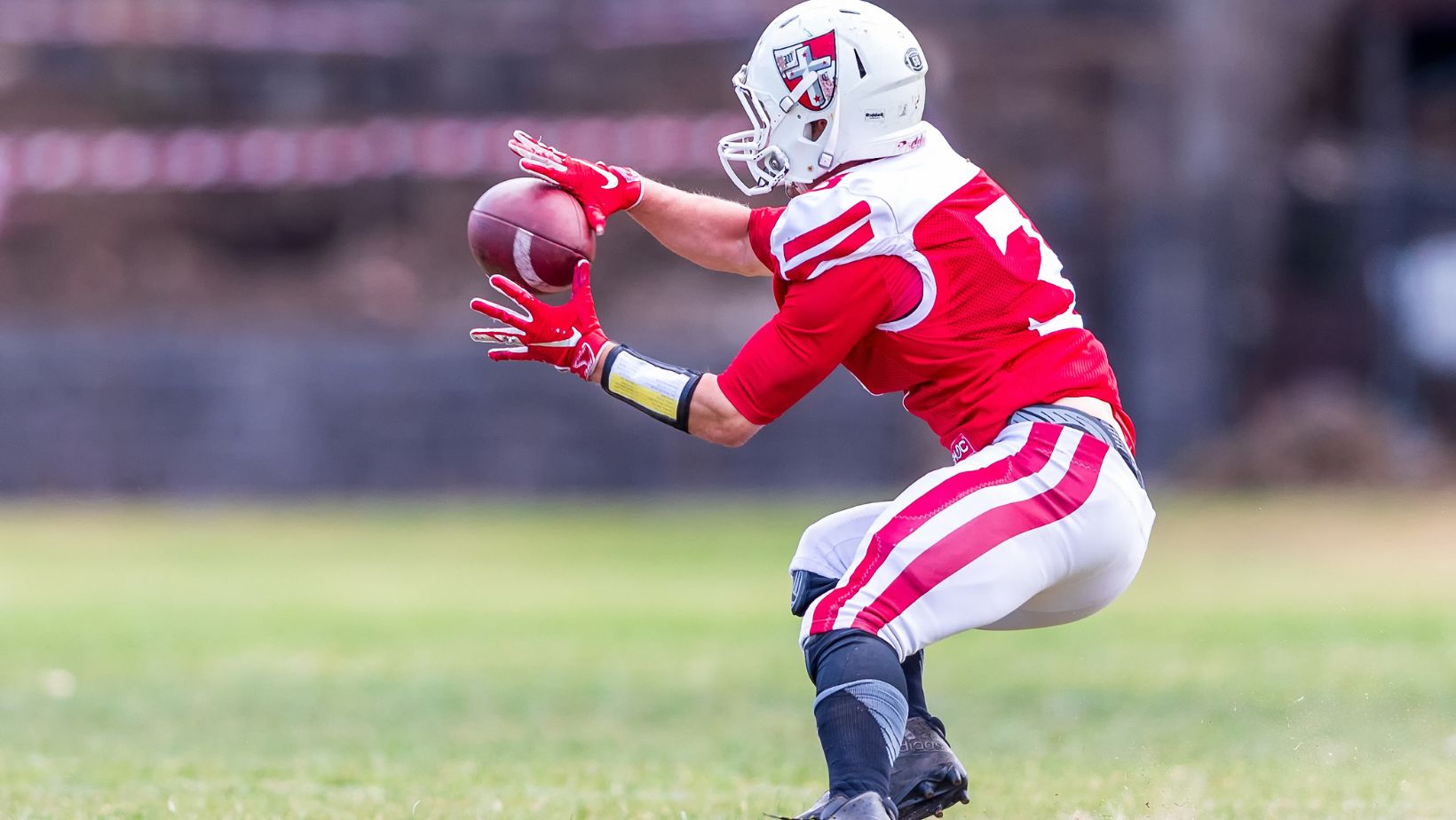
The landscape of athlete representation is evolving quickly, and as soccer agencies face increasingly complex transfer markets and talent evaluation challenges, they could gain valuable insights from their counterparts in American football. NFL sports agencies have spent decades fine-tuning data-driven methodologies, leveraging advanced analytics, and building models that not only measure player performance but also forecast how talent aligns with team needs, draft expectations, and financial outcomes. Soccer agents, especially those guiding young prospects into elite environments, can significantly benefit by adopting similar predictive systems to navigate the chaotic world of global football transfers.
Draft-Day Data Science in the NFL
NFL agencies rely heavily on data to manage expectations, predict outcomes, and position their clients strategically before the draft. Each year, mock drafts, combine scores, Wonderlic test results, GPS tracking data, and positional analytics contribute to precise talent forecasting. Agencies like Athletes First, CAA Sports, and Rosenhaus Sports have invested in machine learning tools to generate probabilistic models that account for everything from vertical jump efficiency to injury history. These projections do not just help teams; they shape how agents present athletes to franchises, ensuring alignment with systemic needs and salary cap dynamics.
Strategic Client Packaging
NFL agents excel at identifying not only which team needs a cornerback or quarterback, but also which organization prioritizes traits like leadership, scheme versatility, or off-field character. For instance, when agents package a prospect for the New England Patriots, they know to highlight football IQ and adaptability over raw athleticism. Soccer agents preparing a teenager for a trial with Borussia Dortmund or Ajax could mirror this approach, emphasizing club-specific preferences such as positional intelligence, work rate, or transitional speed.
Media Narratives and Perception Management
NFL agents are experts at orchestrating draft narratives. They guide media outlets to highlight favorable traits, stage high-profile workouts, and sometimes even manipulate which scouts receive certain footage.

A notable example was in 2020, when Justin Herbert’s agent carefully limited his public exposure post-Combine to control his rise. In soccer, agents can mirror this by engineering training videos, tailoring public interviews, and managing the hype around trials or youth tournaments like the UEFA Youth League or Copa São Paulo de Futebol Júnior.
Understanding Market Floors and Ceilings
NFL representation includes detailed knowledge of rookie wage scales and veteran minimums. Agents often use statistical simulations to determine their client’s ceiling and floor in terms of compensation. In soccer, although there is no uniform salary cap, agents can replicate this model using algorithms that compare a player’s stats—expected goals (xG), progressive passes; duels won—against peers in similar positions and leagues. This helps in managing both client expectations and club negotiations during key transfer windows.
NFL Mock Draft as Talent Valuation Model
When it comes to having a plan to select the best players left in the draft by having a different plan depending on the players left in the board and the needs of the team an NFL mock draft reflects not only player skill but also organizational need, similar modeling could support soccer agencies in shaping strategic pathways for rising stars. These models in football allow for tiered simulations: how a linebacker ranks if drafted by a 3–4 vs. 4–3 defense, how draft capital changes if a team trades up, or how a slot receiver’s production translates across offensive schemes. Soccer equivalents could simulate a player’s impact in different formations, intensity of leagues (e.g., Bundesliga vs. Ligue 1), and role-specific output to craft a realistic pathway toward stardom.
Agent-Led Pro Day Engineering
NFL Pro Days are often meticulously staged events. Agents like Leigh Steinberg or David Mulugheta coordinate with university staff, cinematographers, and strength coaches to create highly tailored experiences for scouts. Soccer agents could mirror this by organizing controlled scrimmages, filming specific technical drills (e.g., 1v1s, through-ball sequences), and aligning showcase events with key decision-makers’ calendars from clubs like Atalanta, PSV, or Sporting CP—clubs known for nurturing youth talent.
Cross-Disciplinary Talent Metrics
NFL combines and private team meetings include cognitive testing, personality evaluations, and stress simulations. These components help assess decision-making under pressure, memory retention, and social adaptability. Soccer agents can take this further by partnering with sports psychologists to include psychological readiness metrics—resilience, emotional intelligence, adaptability—as part of a prospect’s profile, especially for those transitioning between cultures or leagues like moving from South America to Europe.
Negotiation Timing and Market Timing
NFL agents are keenly aware of when their client’s stock peaks. They align contract negotiations or media exposure to hit precisely when demand is highest. The case of Dak Prescott’s contract timing—delaying an extension to allow the QB market to inflate—is a perfect example. Soccer agents can similarly track when a player’s underlying metrics show improvement even if top-line stats do not yet reflect it, preemptively initiating interest from clubs right before a breakout season or tournament like the FIFA U-20 World Cup.
Draft Board Comparisons and Relative Rankings
NFL prospects are always measured not just on individual stats but against their draft class. Soccer agents could use cohort-based analytics, evaluating a player not in isolation but alongside peers of the same age and position. For example, instead of merely claiming a 17-year-old winger is promising, data can prove he ranks in the 92nd percentile in successful take-ons compared to U18s across Europe. This kind of relative positioning can drive urgency and bidding among clubs.
Integrating Analytics into Client Development
The most elite NFL agencies are building internal departments that provide players with weekly analytics reports, tailored training advice, and even AI-driven injury prediction dashboards. Soccer agents should invest similarly—not only to improve player development but also to ensure that their clients remain competitive across markets.

Firms could track load management, match consistency, and position-specific KPIs to guide young athletes with data-rich, performance-first representation.
Bridging the Cultural and Tactical Gap
NFL players move within a domestic ecosystem, but soccer players are global commodities. An agent representing a Brazilian fullback must understand how his attributes—attacking width, recovery pace, inverted tendencies—translate to systems like Pep Guardiola’s City or Inter Milan’s 3-5-2. Adapting the NFL’s team-system fit modeling could revolutionize how agents prepare dossiers for club meetings, not merely focusing on what the player can do but how he will fit a given philosophy and manager.
By importing these NFL-derived strategies into the world of soccer, agents could build a future where data, narrative control, and tactical fit form the foundation of representation—not just charisma or highlight reels. The lessons are abundant, and the potential for evolution in soccer talent management is enormous.












